Vaccine and Immunization Awareness
Each year, many adults become seriously ill and are hospitalized because of disease. Many of these diseases can be prevented with vaccinations. Vaccination rates are generally low in the United States partly because many seniors are not aware that they need a vaccine.
Health conditions like asthma, COPD, diabetes, heart disease and others put seniors at risk for severe complications from diseases like the flu, Covid and pneumonia.
Talk to Your Doctor
With the flu season upon us, it’s a good time to review your need for any vaccinations with your doctor.
Your age, health condition, job, lifestyle or travel habits indicate vaccines you may need. Talk with your doctor about whether your need any of these:
- Flu vaccine
- COVID 19 vaccine
- Pneumococcal vaccine to protect against serious pneumococcal diseases
- Tdap vaccine to protect against tetanus, diphtheria and pertussis (whooping cough)
- For more information on vaccines go to www.cdc.gov/vaccines/adults
- Shingles vaccine
Shingles Vaccine
There is a shingles vaccine for adults. If you are 60 years or older you should get a shingles vaccine to protect against getting this painful rash and avoid the long-term pain that may come with it.
Shingles is a painful skin rash and blistering caused by the varicella zoster virus. If you’ve had chicken pox the zoster virus is “dormant” in your body. In some people it stays dormant forever. In others, the virus “wakes up” when disease, stress or aging weakens the immune system.
Shingles usually appears as a band, a strip or small area of painful blisters on one side of the face or body. The blisters take about 2 to 4 weeks to heal.
The Flu is Dangerous And Contagious
Flu is a contagious respiratory illness caused by influenza viruses. It causes mild to severe illness. Flu can result in hospitalization or death. Older people, children and others with an immune system deficiency are highest risk for serious complications. Even if you are not high risk, get the flu shot anyway. You could pass the virus to someone and make that person very ill.
Get A Flu Shot Early
The flu season is always unpredictable. It generally starts in September and peaks during the months from October through February. Be well! Get your flu shot early for the best protection.
Infection Control
Controlling infections is no longer just the concern of hospitals and nursing homes. Especially since the Covid 19 pandemic, reducing infections and stopping the spread of disease in the home has become very important.
Germs Are Everywhere! Wash Your Hands!
Did you know that 80% of communicable diseases are transferred by touch? By touch, we mean touching food or touching one’s own mouth, eyes and nose. Dirty hands spread foodborne illnesses like Salmonella, E. Coli, Staph and diarrheal infection. Touching the face with dirty hands spreads illnesses like pneumonia, the cold and the flu.
It’s most important to wash hands before preparing food and after using the bathroom. Only 20% of people wash their hands before preparing food. Just under 75% of women and 50% of men wash hands after using the bathroom. Every time a toilet is flushed with the lid up, a fine mist of bacteria such as E. Coli and Staph is spread over an area of 6 square meters. Ugh!
Most bacteria is on the fingertips and under the nails so be sure to wash well, at least 15 to 20 seconds with clean water and soap! Then dry hands and use the towel to turn off the faucet.
Proper Handwashing Technique
Turn on faucet and get a comfortable temperature. Once the temperature is right you shouldn’t touch the faucet again. Wet hands. Wash hands for at least 15-20 seconds rubbing hands together and using friction. Dry hands and turn faucet off with the towel.
Waterless Hand Sanitizer
Only use hand sanitizer if hands not visibly soiled (for example: dirt, food, or other material). Apply a dime-sized amount of waterless hand sanitizer to the palm of one hand or use a waterless hand sanitizer wipe. Rub hands together covering all surfaces of hands and fingers. Rub until waterless hand sanitizer is absorbed and completely dry.
Benefits of Waterless Hand Sanitizer
- Acts quickly to kill microorganisms on the hands
- Is more accessible than sinks
- Reduces bacterial counts on hands
- Does not promote antimicrobial resistance
- Is less irritating to skin than soap and water
- Improves skin condition
Smart Infection Control At Home
- Stay away from others who are sick, or if you’re sick, stay home for at least 24 hours after your fever is gone without the use of fever-reducing medicines.
- Wash hands often with soap and water, or an alcohol-based hand rub when soap and water is not available
- Intact skin is a major barrier to germs. Cover any cuts or abrasions with a waterproof dressing to protect them against germs.
- Practice respiratory etiquette and request others do the same. Cover coughs and sneezes with the inside of your arm, not your hands. Always dispose of used tissues in waste containers and wash your hands after coughing or sneezing.
- Avoid touching your eyes, nose and mouth. Germs are spread this way.
- Wash eating utensils and towels/bed linens thoroughly
- Don’t share combs, brushes, towels, toothbrushes, razors or other personal items
- Avoid clutter. Keep your home environment clean. Clean surfaces like counters, doorknobs and light switches.
It’s Contagious!
The flu is very contagious. Experts believe the virus is spread by droplets person to person when sneezing, coughing, or talking from up to 6 feet away. The flu can also live on hard surfaces like doorknobs for up to 8 hours.
Flu symptoms don’t appear right away. You can infect another person one day before you experience symptoms and up to 7 days after becoming sick. Even without symptoms, you may still spread the virus to others. Remember, you don’t have to have a fever to have the flu.
Avoid Getting The Flu
Getting the flu can be a big problem, especially for seniors, 65 and older, whose immune system may be weaker due to age. Flu symptoms like fever or feverish feeling, cough, sore throat, runny or stuffy nose, muscle aches, fatigue and sometimes diarrhea and vomiting, make people miserable. The best way to avoid these is to get a flu shot…and get your flu shot early.
Your Most Common Questions Answered
Why Should I Get Vaccinated?
Influenza is a serious disease that can lead to hospitalization and sometimes even death, especially for seniors and people with chronic conditions. Symptoms of influenza usually appear 1-4 days after exposure. Persons are most contagious during the 24 hours before symptoms appear and may be contagious for up to 5 -7 days after getting sick. The best way to avoid the flu is to get a flu shot.
Will I get sick from the flu shot?”
Serious reactions to the flu shot are rare. The most common reaction in adults is soreness, redness or swelling at the spot where the shot was given. This usually lasts less than two days. This initial soreness is most likely the result of the body’s early immune response to a foreign substance entering the body. Less frequently people may experience a slight fever and aches. These symptoms begin after the shot and last 1 to 2 days.
Will the flu shot give me the flu?
Other viruses in the environment do produce flu-like symptoms, like a rhinovirus, which causes the common cold. The flu vaccine will only protect against flu virus not a cold virus. It is also possible that before one gets a flu shot, he/she was exposed to the flu but did not yet have symptoms. Symptoms may not show up for 5 to 7 days after exposure.
Can I get the flu even after vaccination?
The flu shot protects against many strains of flu but not all in a given year. That is why someone may get the flu even though he/she has had a flu shot.


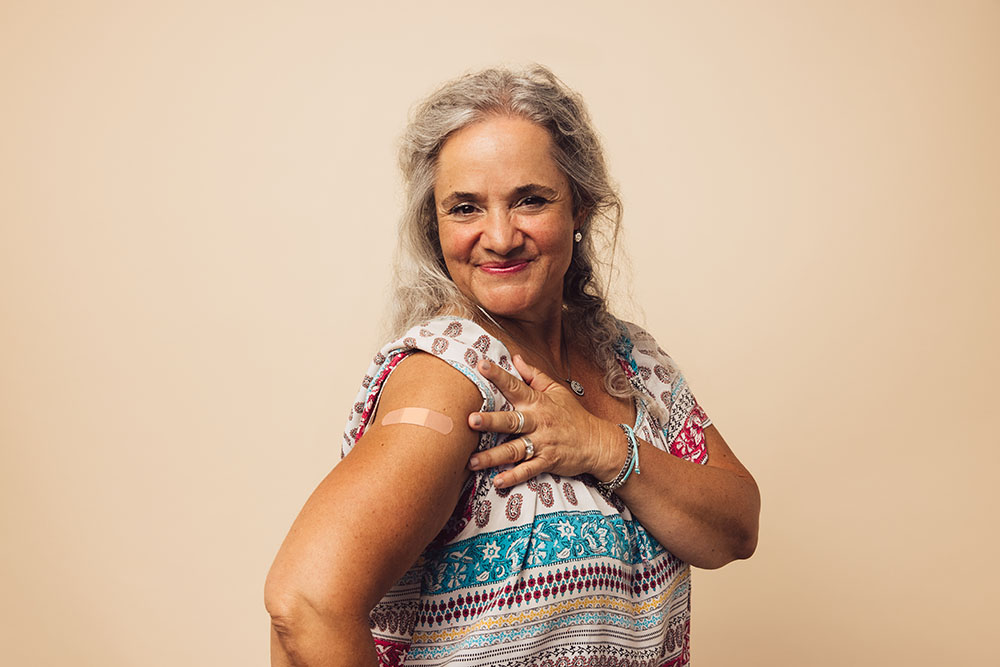
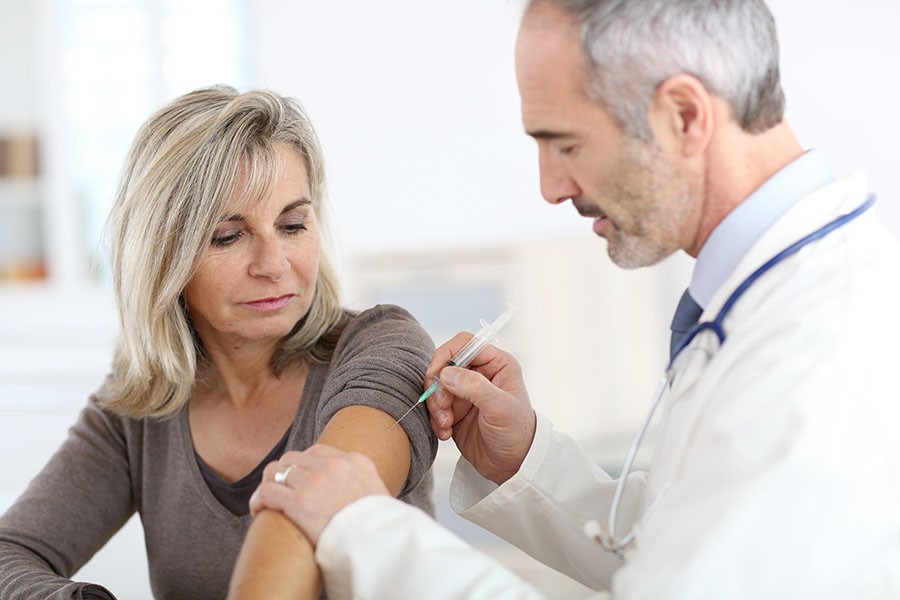
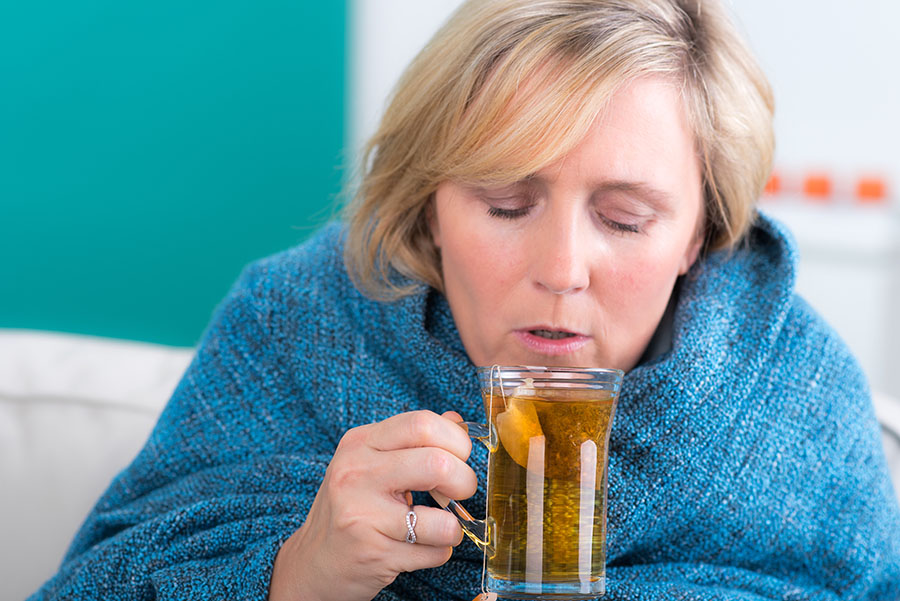


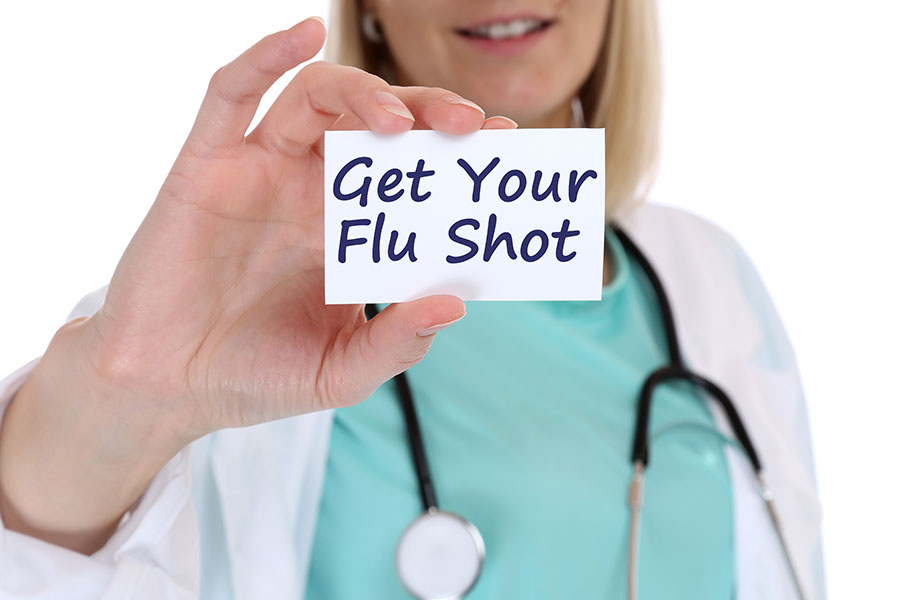
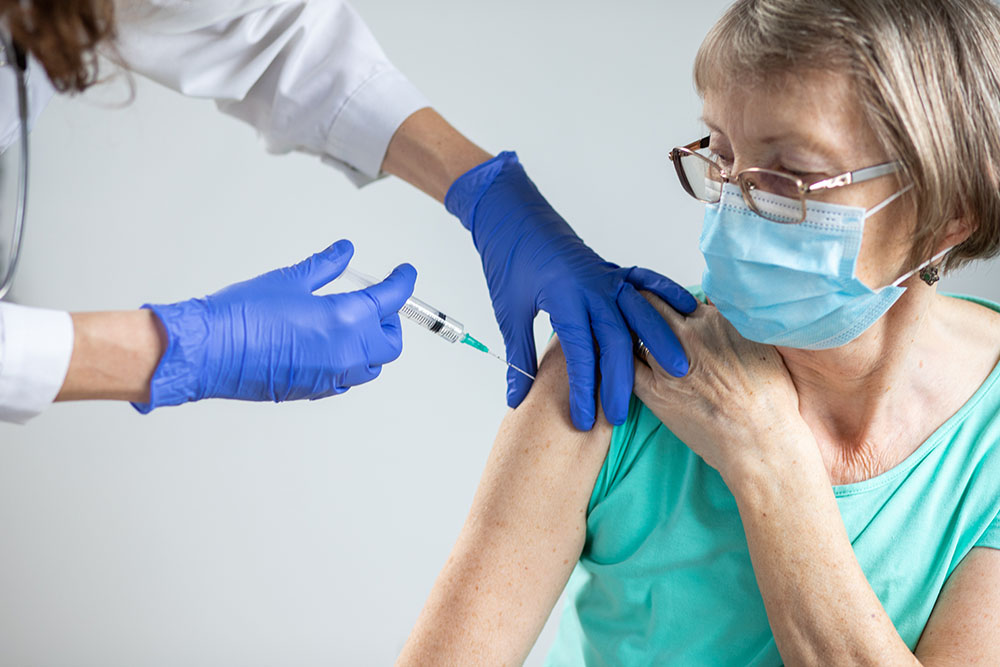



Comments are closed.